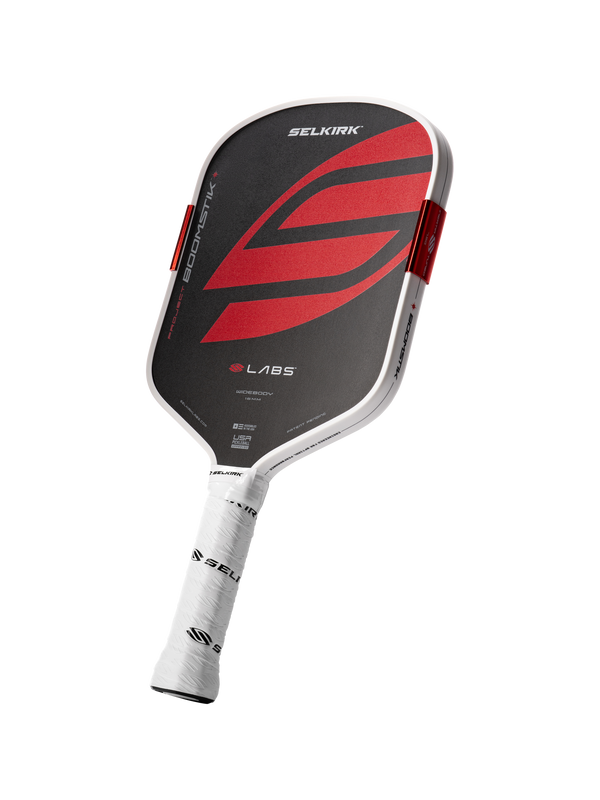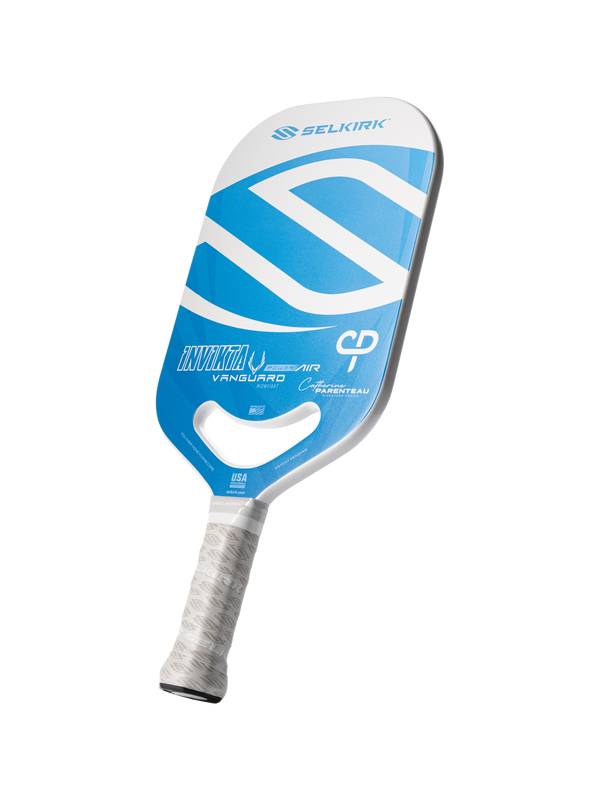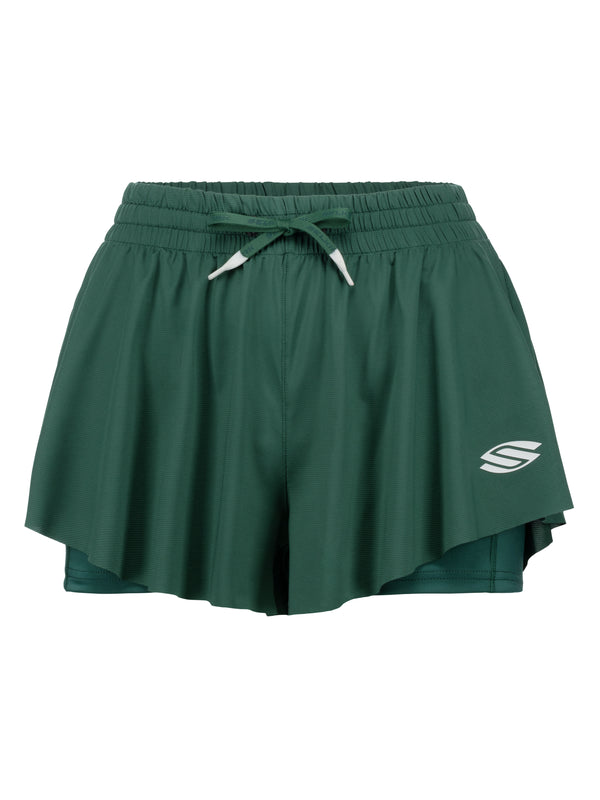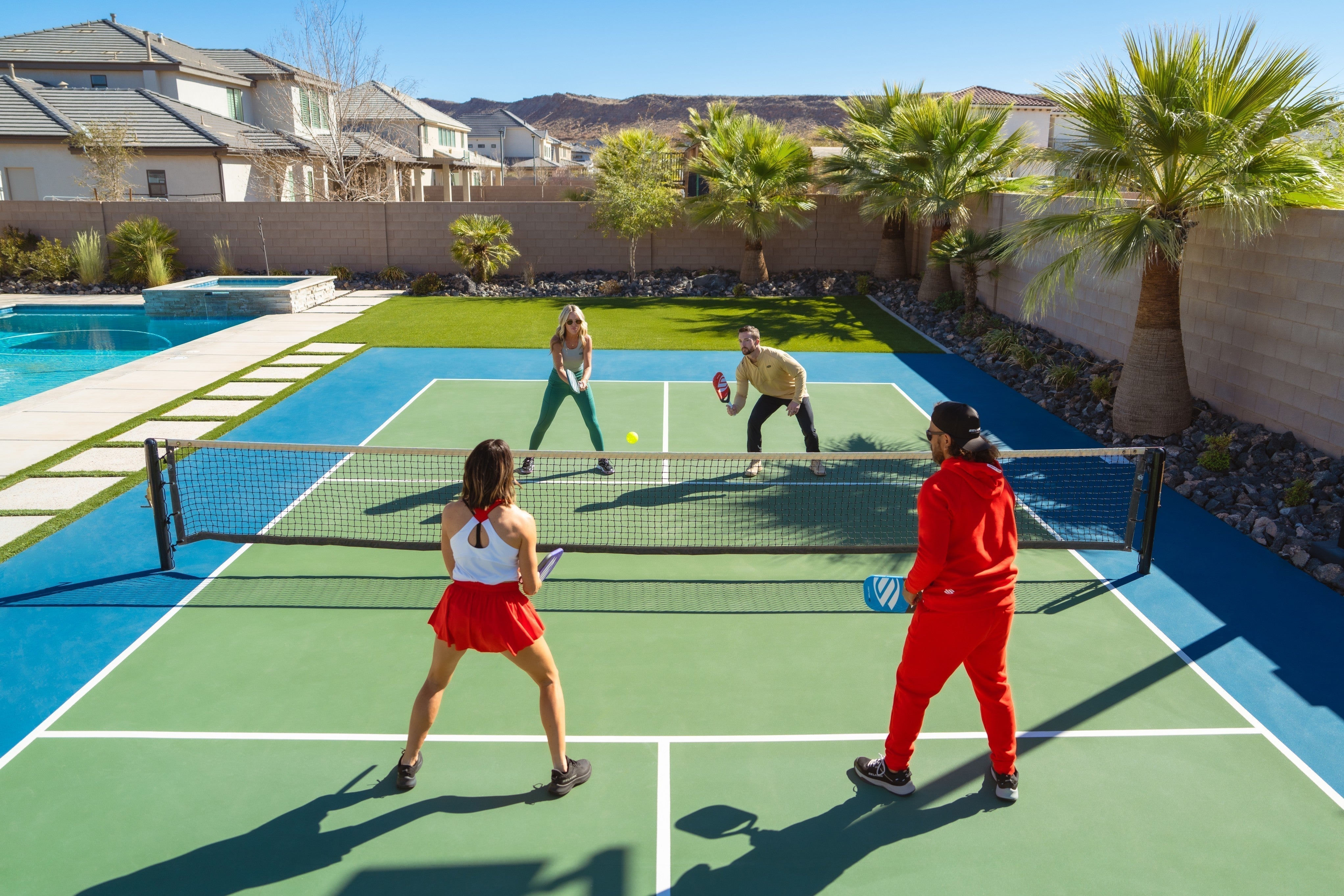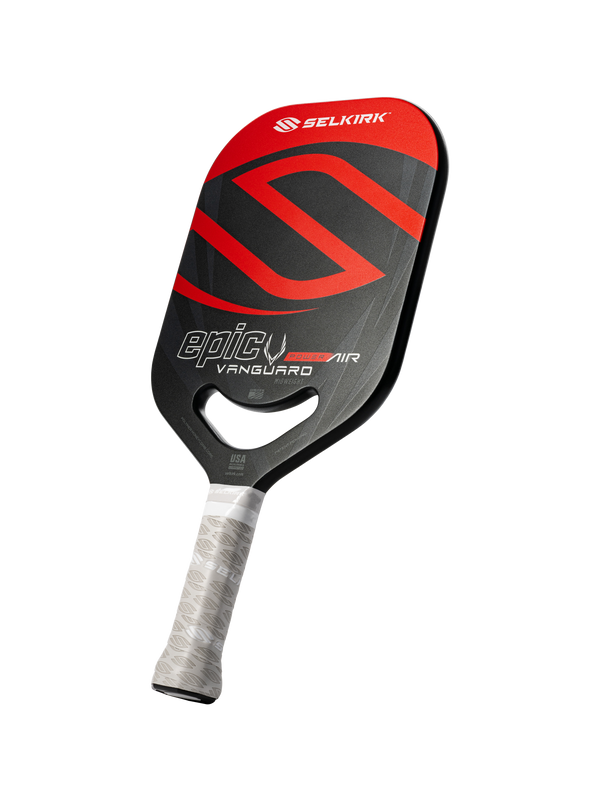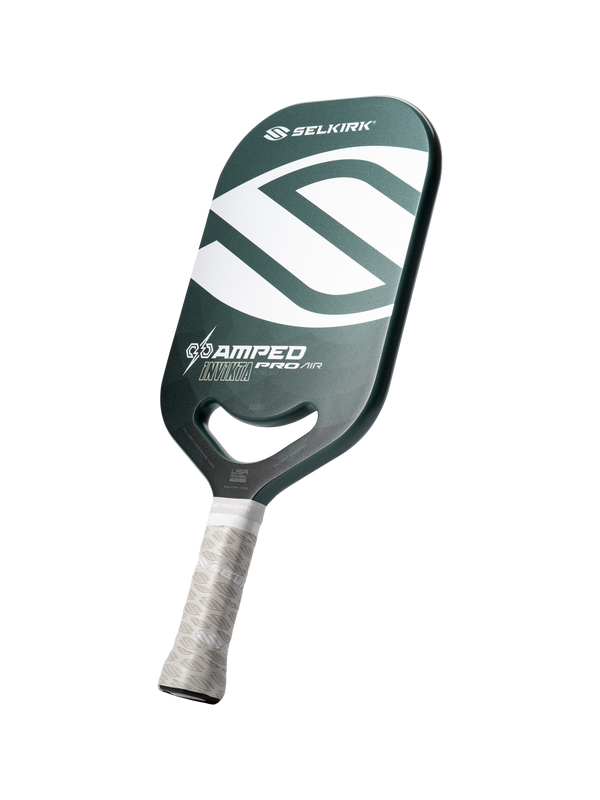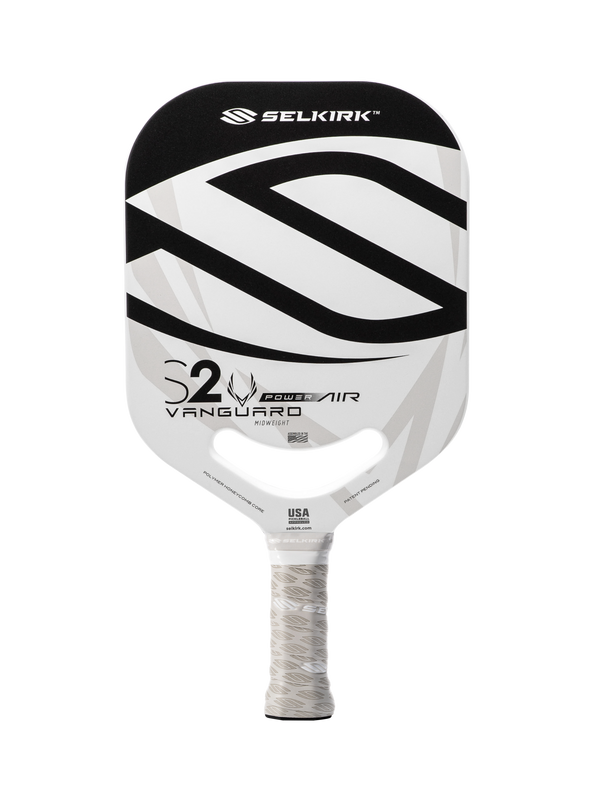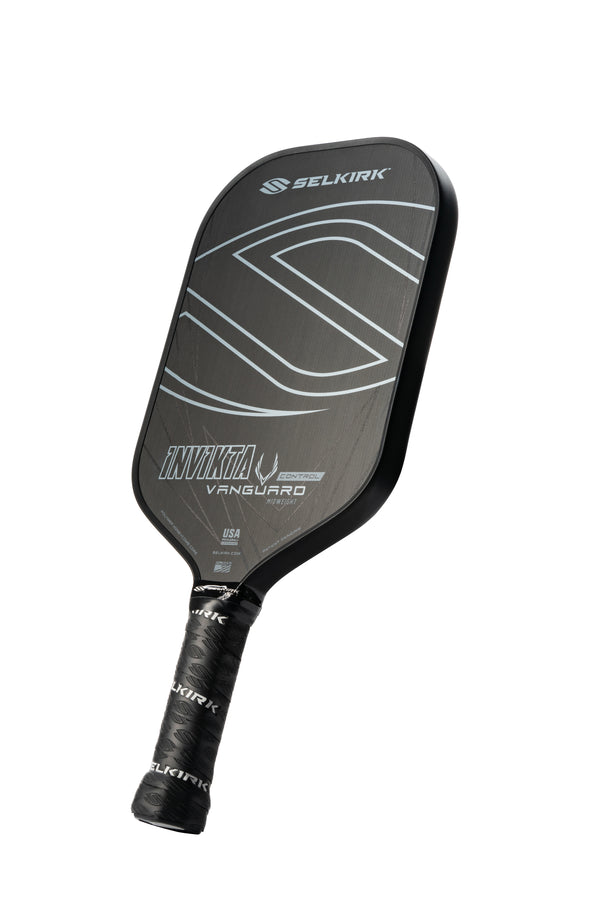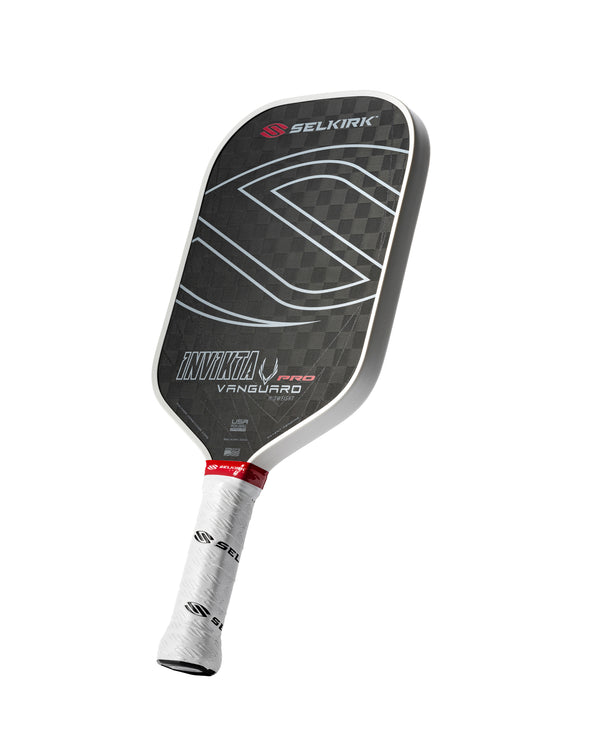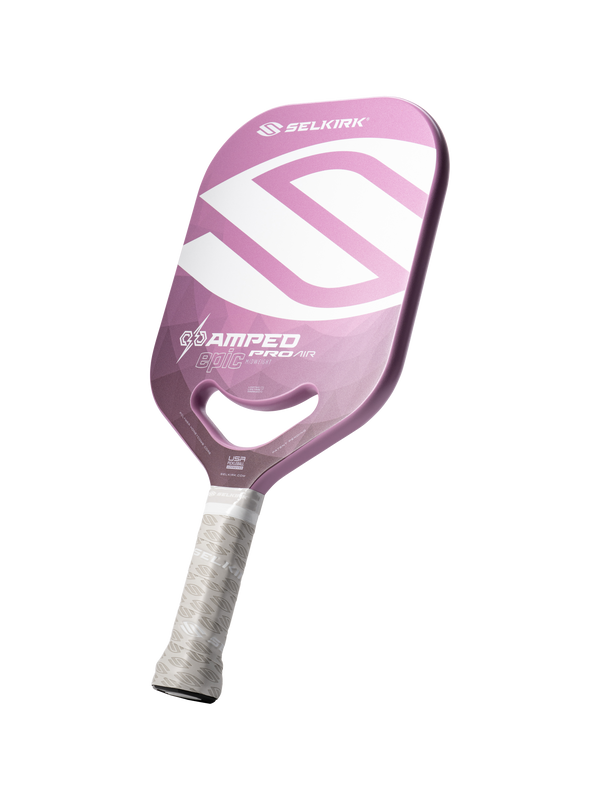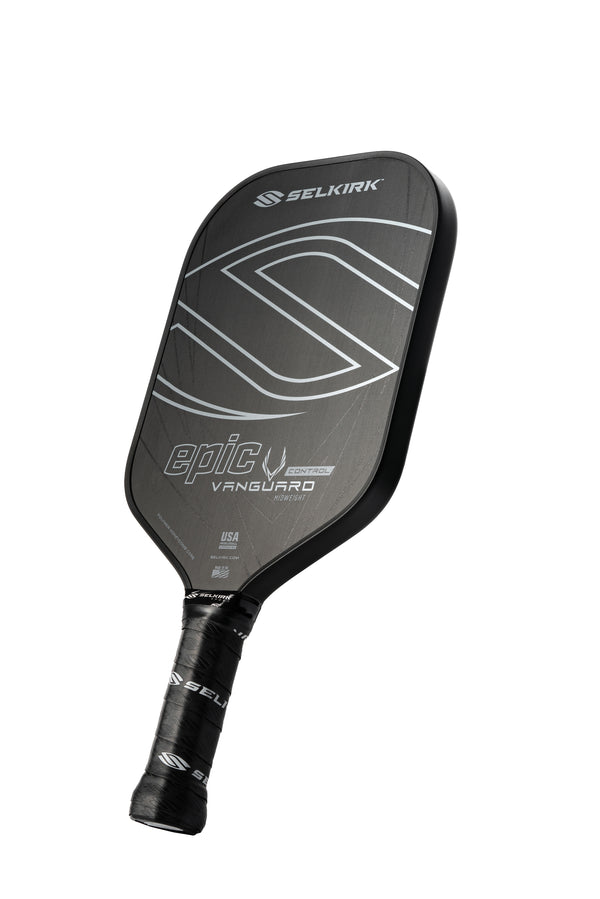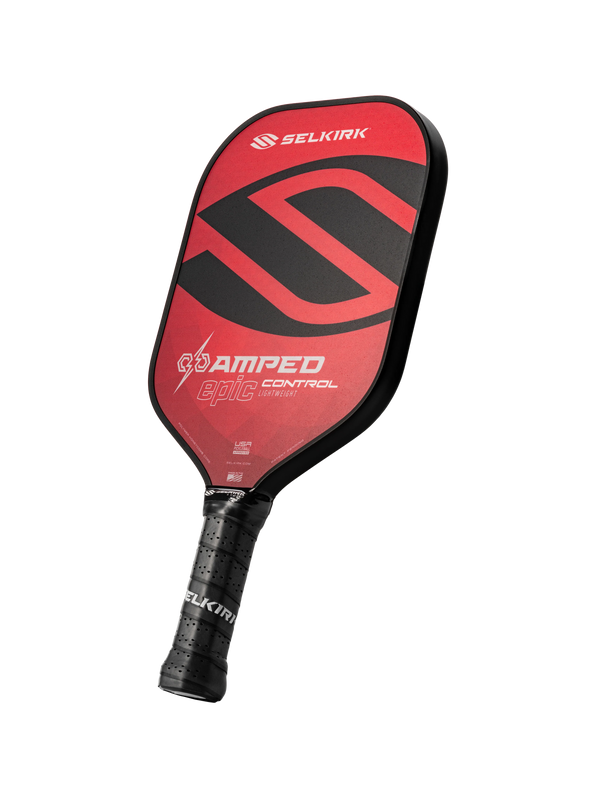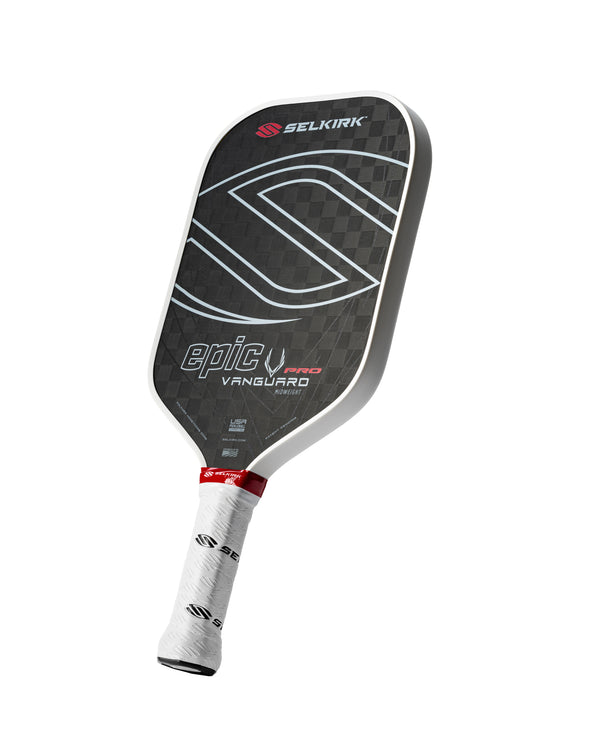Pickleball is a rapidly-growing sport that combines elements of tennis, badminton, volleyball, and ping-pong into a unique game. Pickleball can played both indoors and outdoors, and it is suitable for players of all ages and skill levels. This article will guide you through the basic rules of pickleball, helping you gain a solid foundation to start your journey into this enjoyable and competitive sport.
1. The pickleball court and equipment
- Pickleball is played on a court that is 20 feet wide and 44 feet long, which is the same size as a doubles badminton court.
- The court is divided into left and right service courts, as well as a 7-foot non-volley zone, commonly referred to as the "kitchen."
- The net is set at 36 inches on the sidelines and 34 inches in the center.
Learn the full dimensions of a pickleball court.
Players use a solid pickleball paddle to hit a perforated ball, similar to a wiffle ball. You can find a wide range of paddles from beginner to advanced HERE.
Download the USA Pickleball rulebook here.
2. Scoring
- Pickleball is played to 11 points (occasionally played to 15 or 21), and a team must win by at least 2 points.
- Only the serving team can score points.
- A point is scored when the opposing team commits a fault, such as hitting the ball out of bounds, into the net, or failing to return a serve or shot.
LEARN MORE: Pickleball scoring rules 101: Everything you need to know to start playing pickleball
Pro Pickleball coach Mark Renneson explains pickleball scoring and serving rules here:
3. Pickleball serving
Each point begins with a serve, which can be done as a drop serve or volley serve. The server must stand behind the baseline and hit the ball diagonally to the opponent's service court.
Learn more about the 2 types of pickleball serves.
- In doubles play, each team member gets to serve before the serve switches to the other team (also known as a "side out").
- After the "side out" the first serve of each new point is made by the player on the right-hand side.
- The first server continue serving until the receiving team wins the rally (although the score will not change because you only score when serving).
- Then, the "second server" gets to serve until the receiving team wins the rally.
- After the second server loses their serve, the serve switches to the "first server" of the other team.
In singles play, the server alternates service courts after each point scored. The server will always serve on the right serve when their score is an even number, and on the left side when your serve is an odd number.
4. The 2-bounce rule
After the serve, both teams must let the ball bounce once before hitting it. This is known as the "2-bounce rule." Once each team has allowed the ball to bounce, players can then volley the ball (hit it out of the air without letting it bounce) or hit it after it bounces one time.
5. The non-volley zone (aka the pickleball "kitchen")
The non-volley zone, or kitchen, is a 7-foot area on both sides of the net. Players cannot volley the ball (hit the ball out of the air) while standing in the kitchen. If a player steps into the kitchen while volleying the ball, it is considered a fault. However, players are allowed to step into the kitchen to hit the ball before, during, or after it has bounced.
Rules of the pickleball kitchen: Everything you should know about the non-volley zone.
You also cannot land in the pickleball kitchen if your momentum from a volley has taken you into the zone, even if the ball is dead or has already been hit by your opponent. There is no end to the momentum rule.
Mark Renneson clears up misconceptions and myths about the kitchen in this Selkirk TV Video:
Conclusion
By understanding the basic rules of pickleball, you'll be well on your way to enjoying this fast-growing game.
You can also sign up for our free Intro to Pickleball Course to learn drills, basic strategy, rules, and much more.
And if you are just getting started in pickleball, here are several resources where you can learn more about helpful tips and equipment to get you started in the sport!
- The Best Pickleball Paddles for Beginners
- 5 Common Beginner Mistakes in Pickleball
- So Now You Play Pickleball - Where To Start For Pickleball Beginners
- Subscribe to Selkirk TV's Youtube Channel: more than 1,000 videos with tips from the pros, highlights, tournament recaps, lesson series, and more!


